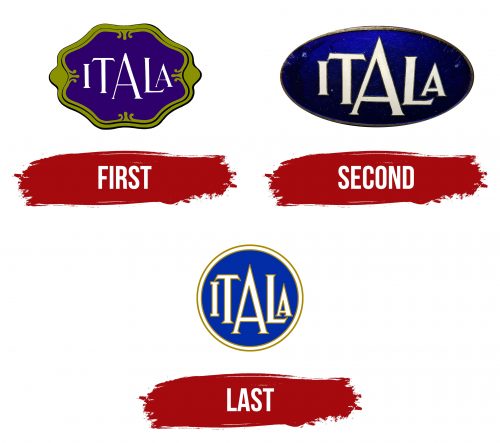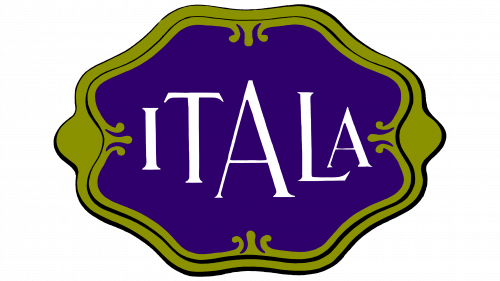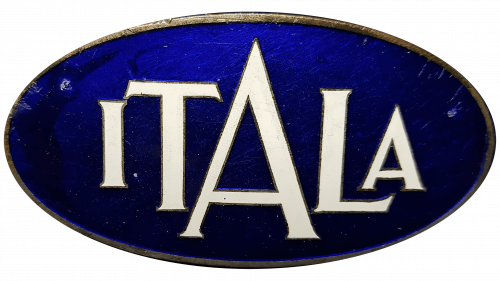The Itala logo reflects perfection and harmony. The emblem shows the brand’s gradual development towards reaching the pinnacle and achieving leadership. It represents the progression from the first cars to more modern ones. The symbol highlights the production of various types of vehicles: sports, military, and luxury.
Itala: Brand overview
In 1904, Itala emerged on the automotive scene in Turin, Italy, thanks to Matteo Ceirano and a group of co-founders. Ceirano was one of the early pioneers in the burgeoning Italian automobile industry. Starting with the 12 HP model designed by Alberto Ballacco, the car was powered by a 2.4-liter chain-driven engine. Itala quickly established itself as a manufacturer of high-end, performance-oriented cars, marking the Italian automobile industry’s transition from steam engines to gasoline engines.
Among the brand’s notable designs were the 50-60 hp, which won the Peking to Paris race in 1907, and the 35/45 hp, which debuted in 1911. With the outbreak of World War I, Itala began producing military equipment and aircraft engines. In the post-war period, the company returned to its main specialization – the production of luxury cars.
During the record-breaking twenties, the company’s cars, especially the Tipo 61, gained a reputation in racing circles, especially in competitions such as the Targa Florio. However, high production costs and limited production volumes led to financial instability. By the early 1930s, financial difficulties proved unsustainable, and Itala ceased operations in 1934. In its roughly quarter-century existence, the company produced more than 17,000 automobiles.
Despite its relatively short life, Itala’s contributions to the automobile industry and its triumphant racing heritage cemented its status as an important player in the early history of the Italian automobile industry.
Meaning and History
First
The first emblem featured a wavy shape reminiscent of a brooch. Three stripes extending inward represented the holders of a gemstone in a setting. The brand name was placed against a sapphire-colored background.
The Ceirano family’s history is linked to its association with gemstones. The brothers’ fathers, including founder Matteo Ceirano, produced and repaired watches adorned with stones. This choice emphasizes the brand’s luxury, as Matteo planned to produce elite cars.
The green border conveys the theme of growth and improvement. The brand name is written in letters of different sizes, creating a sense of movement toward the viewer from the background to the foreground. This technique symbolizes continuous development and market conquest.
Second
The deep blue color in the perfectly smooth oval evokes the image of a precious gemstone, creating an elegant and refined look. The sapphire setting, though barely visible, is made of gold, adding a touch of luxury and emphasizing high quality. White letters spelling “Itala” are framed in gold, enhancing the sense of sophistication and prestige.
This transformation of the emblem symbolizes the company’s pursuit of perfection. This symbolism is closely tied to victories in car races, where Itala vehicles have repeatedly shown their superiority and reliability. Wins in races confirmed the cars’ high quality and innovation, highlighting their industry leadership.
Last
The Itala logo features the name “Itala” inside a blue circle with a white and gold border. The large, pointed letters resemble rugged cliffs, symbolizing strength and adventure. The design uses perspective to create depth: the middle letter “A” is in the foreground, the letters “T” and “L” are behind it, and the side letters are even further back. This effect is achieved by varying the sizes of the letters.
The pointed letters reflect the brand’s bold and adventurous spirit. The use of perspective adds a dynamic, three-dimensional look, suggesting there is more to explore within the logo. The blue circle with the white and gold border adds elegance and sophistication, contrasting nicely with the rugged typeface.
The sharp angles of the letters highlight the brand’s commitment to pushing boundaries and exploring new frontiers. The varying sizes of the letters enhance the three-dimensional effect, making the logo visually engaging and memorable.
The blue circle with its white and gold border captures the brand’s mix of refinement and boldness. Blue signifies trust and stability, while white and gold add luxury and distinction. This combination ensures the logo is striking and elegant, embodying the essence of the Itala brand.







